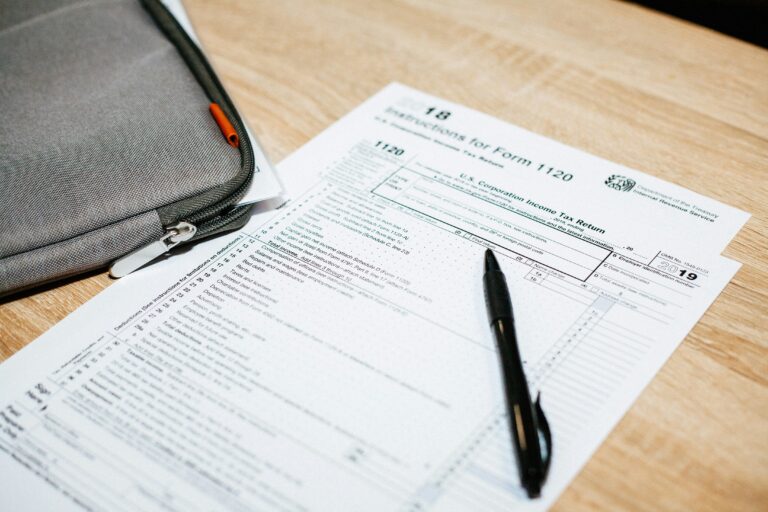
With the arrival of 2024, the Polish PRS industry faces the challenge of heightened tax risk in real estate tax (RET) due to increased rates.
Tax base in RET
The tax base in real estate tax is:
- for land – its area
- for buildings or parts thereof – their usable area
- for structures or parts thereof related to the conduct of business – their gross tax value determined for income tax purposes or their market value
RET rates – general rules
The Local Taxes Act sets the maximum RET rates, but local municipalities have the freedom to determine their rates within those limits.
Maximum property tax rates are subject to annual indexation based on data from the Central Statistical Office.
Updated rates for 2024
The President of the Central Statistical Office announced a 15% increase in the Consumer Price Index in the first half of 2023. This results in a proportional rise in maximum property tax rates.
In practice, this means that for commercial buildings, the RET rate will increase from PLN 28.78 to PLN 33.10 per 1 m², while for residential buildings, the RET rate for 2024 is PLN 1.15 per 1 m² (compared to PLN 1.00 in 2023).
Residential vs. commercial rates
Differences in property tax rates based on property use may have potential implications for investment strategies. For the PRS industry, significantly higher rates must be foreseen for land and buildings “related to business activities” or “used for business activities” (i.e., land and buildings or their parts of a service/commercial nature) compared to residential land and buildings.
| Type of object | Tax base | Rates (max in 2024) |
|---|---|---|
| Land | Area | Commercial – PLN 1.34 Residential – PLN 0.71 |
| Buildings | Usable area | Commercial – PLN 33.10 Residential – PLN 1.15 |
| Structures | Gross tax or market value | 2% |
Residential rates on the buildings are nearly 29x lower than commercial ones and 2x lower for the land.
Legal uncertainties regarding PRS investments
Distinguishing between commercial and residential properties, and therefore – applying the correct property tax rate, is not always easy. In the PRS investment sector, there is a risk of applying the wrong rate, as evidenced by inconsistent judgments of administrative courts.
The axe of main disputes between using higher vs. lower rates for property tax is whose purpose is determinant: the residential purpose of the tenant (lower rates ) or commercial purpose of the landlord (higher rates).
Before July 2023, the prevailing line of jurisprudence was that the commercial purpose of the building owner always prevails (which implies the application of higher RET rates, irrespective of whether the tenants use the property for residential purposes in the PRS building).
In June of last year, the Supreme Administrative Court issued two judgments with different conclusions:
III FSK 123-125/23
Even the indirect connection of the residential premises with owner’s business activity results in applicability of higher property tax rate.
III FSK 250/23
The increased property tax rate provided for business activities cannot be applied to a building or dwelling in which residential needs are met. And it does not matter whether the need is of the taxpayer or his tenant.
This means that a new, positive line of jurisprudence has emerged, according to which the realization of the residential purposes of the tenants of a building can affect its classification for RET purposes, and therefore – the application of the lower rates. This position was later reiterated in a judgment by the Regional Administrative Court in Warsaw on November 15, 2023, ref. no. III SA/Wa 1346/23, and in a judgment by the Supreme Administrative Court on November 22, 2023, ref. no. III FSK 3831/21.
However, some recent verdicts still align with a negative trend in jurisprudence. Following July’s verdicts, two judgments from Regional Administrative Courts reiterated that merely renting out premises for residential purposes doesn’t qualify for lower RET rates if the building is allocated for the owner’s business activity. This perspective was upheld in the judgments of the Regional Administrative Court in Gliwice on October 15, 2023 (ref. no. I SA/Gl 891/23), and the Regional Administrative Court in Krakow on November 15, 2023. The courts emphasized that meeting the living needs of residents alone is insufficient for applying lower RET rates in such scenarios.
In the absence of certainty regarding the correct rates, an increase in RET rates entails a proportional increase in tax risks for PRS industry investors. Changes in the line of jurisprudence give hope for the creation of a consistent legal line confirming the applicability of lower rates for PRS buildings, but this issue remains in the realm of risk. Therefore, we recommend monitoring current court judgments and consulting with tax experts to analyze each case.
How we can help you
We can help you out with the following points
- verifying the correctness of RET settlements,
- assistance in preparing RET calculations or filling out declarations for this tax,
- analyzing the possibilities of applying lower RET rates, including submitting a request to confirm overpayment,
- securing the correctness of applied RET rates.
Contact us
Whenever you need any initial consultancy or are not certain which support is required in your particular case, do not hesitate to contact us. We are here to make your business easier.
Our goal is to help you navigate the complex world of taxes and accounting.






